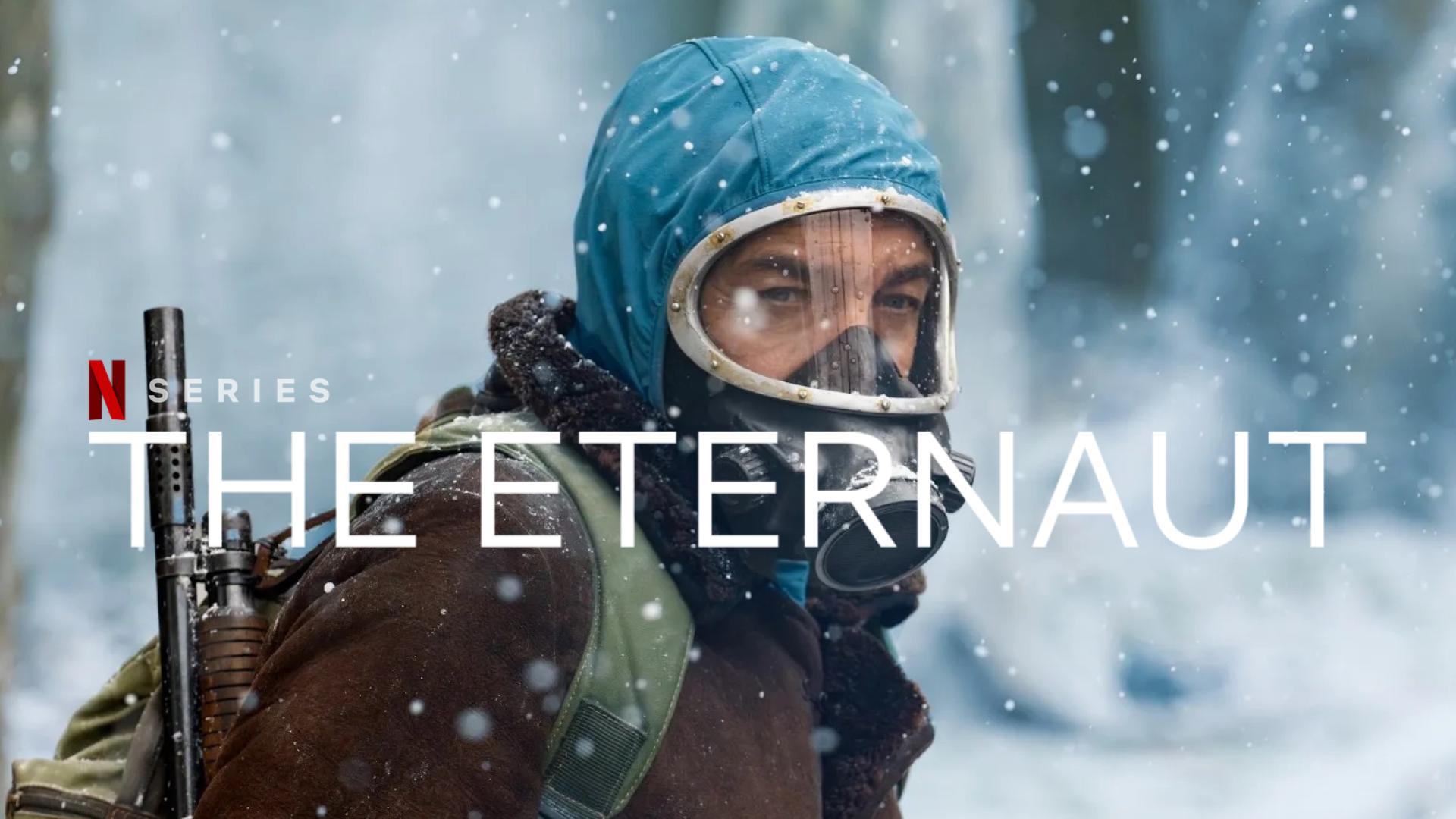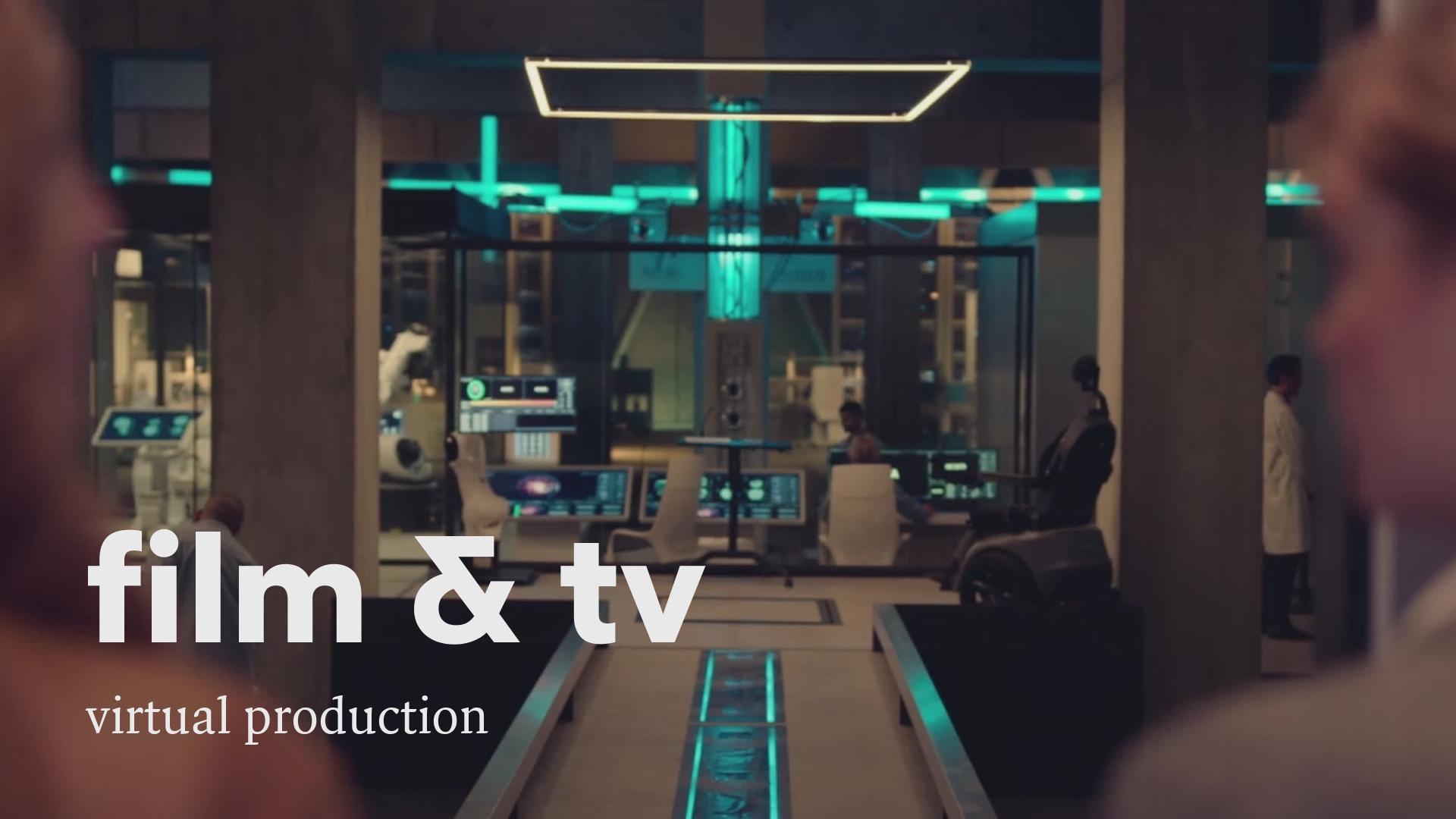
recreating the apple store, without stepping inside
From the outset, it was clear that filming inside the actual Apple Store was not an option. While the production was granted official permission to shoot exterior scenes at Leidseplein at different locations and angles, the store itself could not be entered or modified in any way. Lighting, visibility, and even the ability to place actors near or around the windows were all outside of meaningful production control. A solution was needed that would not only bypass these limitations but deliver a final result indistinguishable from reality.
building a fully controllable virtual set
With this setup, the crew had complete environmental control. They could transition seamlessly from day to night, adjust lighting and weather conditions, and direct tram traffic and background extras—all live, during the shoot. Crucially, the LED wall acted as a dynamic light source, casting accurate reflections and ambient light onto the set’s high-gloss surfaces such as glass panels, polished floors, and device screens. The level of realism achieved was only possible through the direct interplay between real-time virtual imagery and physical set design.
creating a digital twin for virtual production
Pre-production was critical in making this work. The production team, in close collaboration with Planet X and ReadySet Studios, used the proprietary VR previs tool DeepSpace to simulate the entire setup well in advance. This allowed the creative leads to test lens choices, block scenes, estimate lighting conditions, and define LED wall coverage virtually, long before the physical set was constructed. Without access to the real Apple Store, DeepSpace became a vital tool in bridging the gap between concept and execution.
precision on set with real-time control
Digital trams, pedestrians, and traffic patterns were choreographed with timing cues, giving the director the ability to call virtual elements with the same ease as physical extras. One of the key collaborative wins came from the partnership with gaffer Gideon van Essen, whose intimate knowledge of the real Leidseplein lighting conditions allowed him to shape the virtual environment to feel authentic, consistent, and cinematic.
Camera tracking was enabled using a dual Stype RedSpy system, with infrared markers subtly integrated into the ceiling of the set. These provided real-time position, orientation, and lens metadata directly to Unreal Engine, supporting a dual frustum setup that gave both A and B camera units full access to the virtual scene with minimal latency.
a forward-looking production approach

